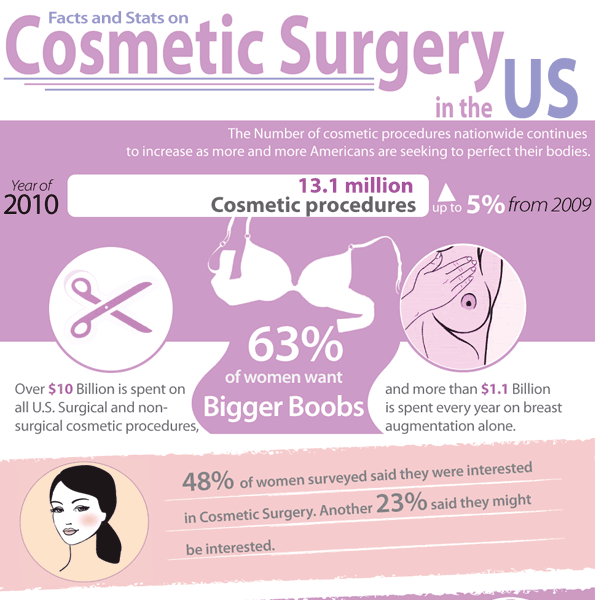Is Acne Contagious
Is Acne Contagious
Blog Article
Causes of Acne on Cheeks
Acne breakouts in the cheek location are activated by many points, from touching your face often to not changing your pillow case commonly enough. Picking at imperfections enhances your risk of infection and scarring, and particular medications can intensify dark places (postinflammatory hyperpigmentation).
Fortunately, there are numerous ways to prevent and treat cheek acne. These include:
1. Hormonal Changes
Acne is mostly caused by hormones, especially those produced during puberty and pregnancy. For some, a family history of acne may additionally add to their problem. Anything that blocks pores, such as oil-based skin treatment products or waxy hair products, can trigger acne. Various topical treatments, like benzoyl peroxide and salicylic acid, can fight microorganisms and unclog pores. Those with extreme or persistent acne must seek treatment from their doctor.
Avoid touching or squeezing your acne, as this can press several of the microorganisms deeper right into the skin, causing a much more serious breakout. It is also important to transform pillow cases routinely and use tidy make-up brushes. You must likewise try to avoid irritants such as friction from wearing a helmet or limited collar.
2. Diet regimen
The oily, sugary foods that lots of people think trigger acne may in fact refrain so. As a matter of fact, research studies have shown that consuming a diet regimen abundant in whole, nutrient-dense foods helps to prevent outbreaks.
Foods high in the glycemic index (such as white bread, corn flakes, blew rice and potatoes, doughnuts and other pastries) elevate blood sugar level levels rapidly, and this can increase hormonal agents that increase oil production and lead to acne.
Consuming alcohol cow's milk has actually likewise been linked to enhanced acne breakouts. If you are a normal cow's milk enthusiast, you may wish to try switching to low-fat or nondairy choices that are strengthened with calcium. Furthermore, drinking even more water can assist to decrease acne because it aids to maintain the skin hydrated.
3. Excess Oil
While oil is important for healthy skin, it can come to be an issue when too much sebum blends with dead skin cells and obstructs pores. This combination can develop blackheads, whiteheads and acnes. The clogged pore wall surface can break down and spill germs, dead skin cells and sebum into bordering skin. This leads to a red bump known as an acne. In some progeskin biologique cases these red bumps have pus in the facility from a microbial infection. Larger contaminated bumps that appear like acne are called cysts.
There are many points that can cause excess sebum and clogged up pores, consisting of hormone changes, diet and daily behaviors. Some examples include touching the face often, resting your hand on your cheek, making use of filthy make-up brushes and not altering pillowcases consistently.
4. Anxiety
If you're handling throbbing pimples or a variety of blackheads and whiteheads, it might be time to speak with a skin doctor. They can suggest an effective therapy that suits your skin kind. Practicing leisure and stress-reduction techniques additionally assists.
Acne can take place in the cheeks because of rubbing and pressure, such as when an individual touches their face frequently or puts on a hat or sports helmet that massages against the skin. It can additionally appear where oily cosmetics and lotions massage against the skin.
Stay clear of squeezing acne, as this can press infected product deeper into the skin and bring about scarring. Instead, see a medical professional to find out about preventative therapies like medicine, skin treatment products and way of life adjustments. Eating a healthy and balanced diet of entire foods, getting seven to 9 hours of sleep and utilizing noncomedogenic makeup and skincare items can all help reduce acne outbreaks.
5. Hair Products
Hair products are not usually thought of as a reason for outbreaks, but they can add to acne on the cheeks in some people. Pomade acne, which is defined by tiny closed comedones and papulopustules, is frequently caused by making use of oily hair products that contain comedogenic active ingredients such as certain oils and acetylated lanolin.
Selecting hair items that don't consist of these possibly comedogenic ingredients is a crucial action toward reducing outbreaks. Additionally, guaranteeing that hair items aren't coming in contact with the skin can assist protect against outbreaks. As an example, wearing a scarf or hood at night can limit hair-to-face call and lower the likelihood that leave-in hair products will certainly abrade onto the face.
In addition to utilizing a non-comedogenic cream and cleaning with an acne face wash, other practical strategies include: